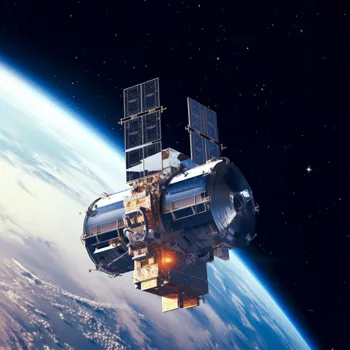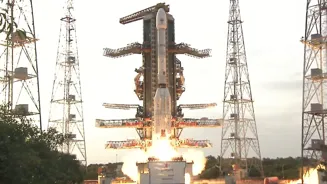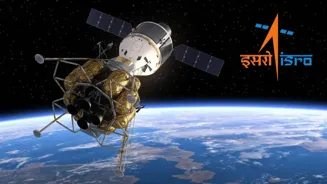India Embraces the Cosmos: Why Global Partnerships Unlock Space's Secrets. Discover the power of collaboration in space exploration
Bangalore: In the ever-expanding realm of space exploration, one thing
is becoming increasingly clear: no nation can conquer the cosmos alone. The challenges are simply too vast, the costs too high, and the scientific expertise too diverse.

International collaboration isn't just a nice-to-have; it's an absolute necessity for pushing the boundaries of human knowledge and understanding of the universe.
From sharing crucial data to pooling resources for ambitious missions, working together allows countries like India to achieve feats that would be impossible to accomplish in isolation.
As India's space program, ISRO, continues to make remarkable strides, its partnerships with other space agencies are proving to be invaluable.
This collaborative spirit is not just beneficial for scientific advancement; it also fosters goodwill and strengthens diplomatic ties between nations, creating a more peaceful and cooperative world, one star at a time.
The sheer scale and complexity of space missions demand a level of expertise and resources that often exceeds the capabilities of any single nation. Think about building a massive space telescope like the James Webb Space Telescope (JWST).
It was a project so ambitious that it required the combined efforts of NASA (USA), ESA (Europe), and CSA (Canada). Each agency contributed different components and expertise, resulting in a revolutionary instrument that is now providing unprecedented views of the early universe.
India, too, has benefited immensely from similar partnerships. ISRO's Chandrayaan missions, for example, have included instruments and support from various international partners, enriching the scientific output and broadening the scope of these lunar explorations.
These partnerships not only enhance the capabilities of individual missions but also foster a shared understanding of space, leading to more efficient and effective exploration strategies. This type of team work in space can truly solve bigger problems.
The financial burden of space exploration can be astronomical. Developing new technologies, launching spacecraft, and maintaining infrastructure requires massive investments. By sharing costs, nations can participate in projects that would otherwise be beyond their reach.
The International Space Station (ISS) is a prime example of this principle in action. It's a collaborative project involving the space agencies of the United States, Russia, Canada, Japan, and Europe.
Each partner contributes funding, hardware, and personnel to operate and maintain the station, allowing astronauts from different countries to conduct research in a microgravity environment.
India has also expressed interest in participating in the ISS program, which would provide Indian scientists with valuable opportunities to conduct experiments in space.
By pooling resources and sharing the financial load, international collaboration makes space exploration more accessible and sustainable for all involved, accelerating the pace of discovery. This collaborative approach ensures that the benefits of space exploration are shared globally.
Data sharing is an essential aspect of international collaboration in space. When space agencies share data from their missions, it allows scientists around the world to analyze and interpret the information, leading to a deeper understanding of the universe.
For instance, data from NASA's Mars rovers, like Curiosity and Perseverance, are publicly available, enabling researchers from India and other countries to contribute to the study of Martian geology and climate.
Similarly, ISRO's data from its Mars Orbiter Mission (Mangalyaan) has been shared with the international scientific community, helping to refine our understanding of the Red Planet.
This open exchange of data fosters collaboration, accelerates the pace of discovery, and ensures that the benefits of space exploration are shared widely.
By working together and sharing their findings, scientists and engineers can uncover insights that would remain hidden if each country worked in isolation.
Ground stations play a crucial role in communicating with spacecraft and satellites.
Establishing and maintaining a global network of ground stations requires significant resources and logistical coordination. International collaboration allows space agencies to share their ground station infrastructure, providing enhanced communication coverage and tracking capabilities.
ISRO, for example, has utilized ground stations from other countries to track its spacecraft during critical phases of missions, and in turn, has provided its own ground station facilities to support missions from other space agencies.
This mutual support strengthens the overall robustness of space missions and ensures reliable communication with spacecraft operating in distant orbits.
By sharing their ground-based assets, countries can optimize their tracking and communication networks, reduce redundancy, and increase the efficiency of space operations. The value of partnership keeps growing.
International collaboration in space goes beyond just scientific and technological advancements. It also fosters diplomatic ties and promotes international goodwill.
By working together on shared goals, nations can build trust, strengthen relationships, and create a more peaceful and cooperative world. Space exploration can serve as a powerful platform for fostering mutual understanding and promoting global cooperation.
Initiatives like the United Nations Office for Outer Space Affairs (UNOOSA) play a crucial role in promoting international cooperation in the peaceful uses of outer space. Through joint projects, shared data, and the exchange of expertise, countries can bridge cultural and political divides.
Such collaborations highlight the unique ability of space exploration to bring people together and inspire a sense of shared humanity. This international partnership in space shows the world how humanity can solve tough global problems.
10 Examples of International Collaboration in Space Exploration:
International Space Station (ISS)
A collaborative project involving the space agencies of the United States, Russia, Canada, Japan, and Europe.
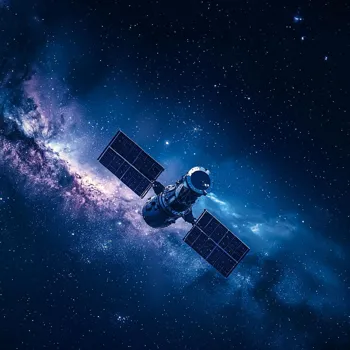
James Webb Space Telescope (JWST)
A joint project of NASA (USA), ESA (Europe), and CSA (Canada).

Chandrayaan Missions
ISRO's lunar missions have included instruments and support from various international partners.

Mars Exploration
NASA's Mars rovers data are publicly available, allowing researchers worldwide to contribute to the study of Mars. ISRO's Mangalyaan data has also been shared internationally.

Ground Station Networks
Space agencies share ground station infrastructure to enhance communication coverage and tracking capabilities.

Copernicus Programme
A European Union Earth observation program, implemented in partnership with ESA. Offers data that is used globally.

Artemis Program
A U.S.-led international program to return humans to the Moon, with contributions from various countries.
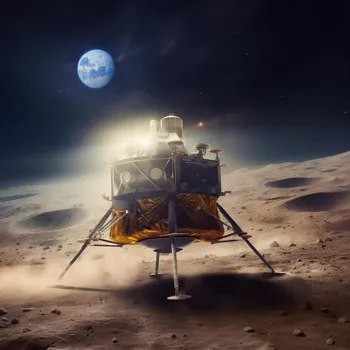
ExoMars
A joint mission between ESA and Roscosmos (although cooperation is currently suspended) to search for evidence of past or present life on Mars.
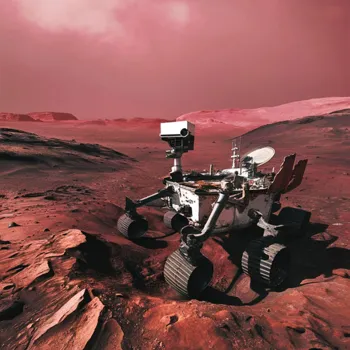
Space Debris Monitoring
International collaboration is essential for tracking and mitigating the growing problem of space debris.
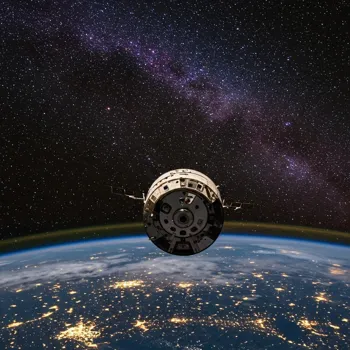
Asteroid Defense
International efforts are underway to develop strategies for deflecting asteroids that may pose a threat to Earth.
